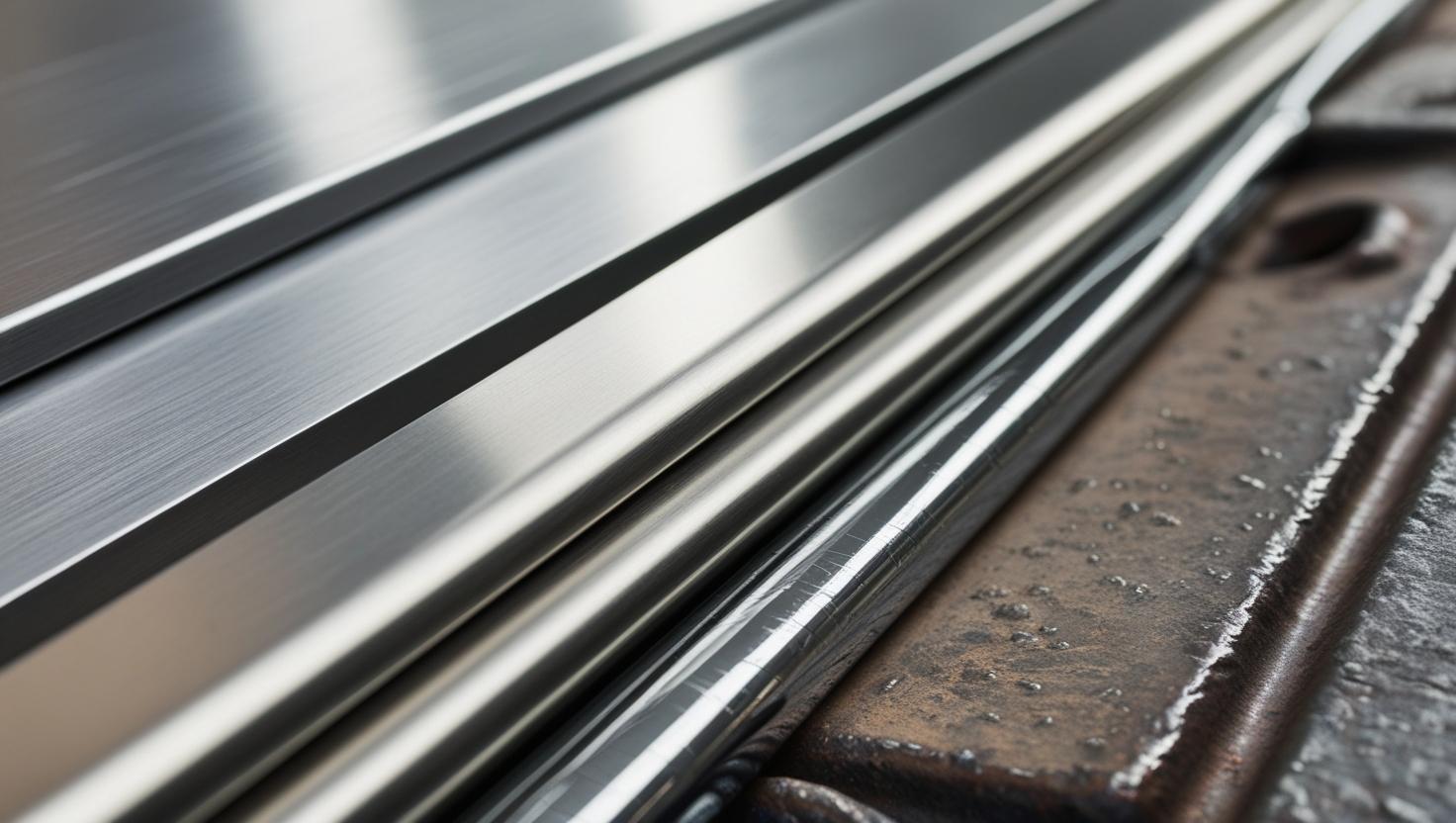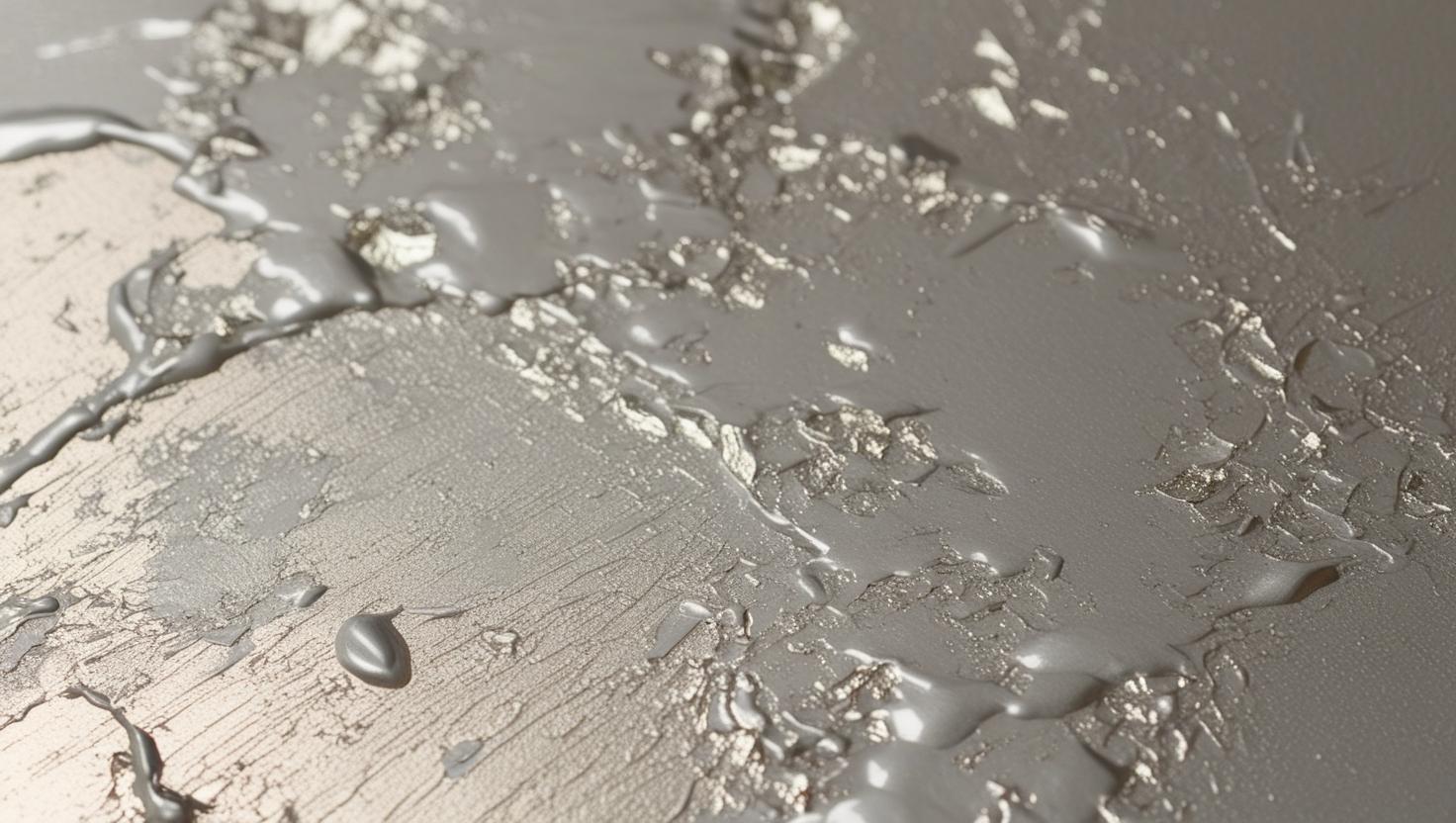At one point or another, painters are frequently asked to paint metal for a variety of reasons, including aesthetic or protection. Perciò, choosing the right paint is crucial since it will affect its durability, lifespan, and final appearance. Qui, we’ll go over what paint types are suitable for metal surfaces, how to get the surface ready for painting, and how painting needs to be done.

Understanding Metal Surfaces
Metal surfaces have certain characteristics before emphasizing on the types of paint that are used. Metal can be from outside structuring such as fences, sheds, garages, to kitchen utensils, household appliances, or tools among others. Every kind of metal such as steel, alluminio, copper or galvanized surface is likely to demand diverse surface treatment and paint because of dissimilar characteristics.
Common Metal Types:
Acciaio: It easily gets rusty; normally needs to be primed.
Alluminio: They do not rust but oxidize, need a special kind of primer usually.
Rame e ottone: Transform as they turn into a patina; può richiedere un tipo specifico di vernice o tali alterazioni.
Metallo zincato: This is a type of metal that has been through the process of galvanization that protects it from rust and for it to undergo painting it needs special primers.
Tipi di vernice per metallo
Di seguito sono riportate alcune delle soluzioni che puoi richiedere per la pittura su metallo:
- Vernice in lattice acrilico
One of the numerous factors that contribute to the popularity of acrylic latex paint for painting is its versatility. It is appropriate for metal interior projects where surface rusting is not a concern.
Vantaggi: It is easy to clean this surface by washing with water, and the product dries fast, as well as has little smell.
Cons: The procedure may need a primer coat due to poor contact on the surface such as material that has a glossy finish.
- Oil-Based Paint
I rivestimenti di riferimento tradizionali che utilizzano materiale a base di olio offre un lungo ciclo di vita e una finitura splendente e quindi sarà adatto per applicazioni interne e esterne in metallo. Ha un buon tasso di vincolo, che garantisce che non si logora facilmente dalla superficie su cui viene applicata.
Vantaggi: Solvent adhesion, usura resistente, e chimicamente resistente a una certa misura.
Cons: The stench is noticeably stronger, Il periodo di asciugatura è più lungo, E, infine, richiede l'uso di solventi per la pulizia.
- Vernice epossidica
Epoxy paint is suitable for areas that undergo a lot of rubbing, e.g. the garage floors, external verandahs and any industrial use equipment. One of the distinctive features is that it has a very strong and highly resistant to various chemicals and abrasion.
Vantaggi: The product is extremely hard-wearing, chemically resistant, and offers the hardness of a finish.
Cons: Quite complex to be used in the application, the surface needs to be prepared in an effective manner.
- Enamel Paint
La vernice a smalto ha un'affinità per il metallo ed è sempre stata una scelta popolare in quanto offre una superficie lucida. La vernice è utilizzabile sia all'interno che all'esterno, ed è resistente alle intemperie.
Vantaggi: Questo ha una superficie dura, una finitura superficiale lucida e può essere facilmente lavata.
Cons: Ha lunghi tempi di asciugatura.
- Rivestimento in polvere
Sebbene sia una procedura secca, Questo efficiente metodo di finitura in metallo non appartiene alla categoria di vernice. Implica l'applicazione di una sostanza in polvere e quindi il riscaldarla per creare uno strato che ricorda la pelle.
Vantaggi: It is very hard wearing, compliant to environment, and create flat surface.
Cons: Calls for specific kind of equipment with a relatively higher cost than that of normal paint.
Preparing Metal for Painting
Suitable preparation of the surface ensures that the paint bonds well and also last for a long time.
Pulire la superficie
Wipe the Surface with Soap: Cleaning the surface of dust and dirt is the first step to take before proceeding with the concession. For difficult stains, use a soap solution for cleaning, in cases where the grease or dirt is hard to come by.
Remove Rust: Use a wire brush or sand the object to remove the rust.
Wipe Clean: Once rusting has been eliminated, one should wipe the surface again with a wet material to get rid of any airborne particles that may be remaining on the surface after the rusting process is complete.
Priming the Surface
Un altro passo importante che è molto importante è il priming poiché è essenziale promuovere l'adesione tra la vernice e la superficie che è principalmente sui metalli che ruggine.
Selezione di primer: Rust retarding for steel work and a direct to rust for board like surface of aluminum.
Persino diffuso: Use a brush, rullo, o spruzzare per diffondere uno strato di primer. Dovrebbe essere lasciato asciugare e successivamente proprio come il produttore dirige sull'uso del prodotto.
Suggerimenti per la pittura
Dopo di che, Quando la tua superficie metallica è pronta ed è stata preparata, è pronto per essere dipinto o rivestito.
Ecco alcuni suggerimenti da seguire in modo da ottenere un polacco professionale:
Strumenti e tecniche
Spazzola o rullo: Small surfaces only while a spray gun is best for large surfaces and surfaces with complicated designs.
Cappotti sottili: Apply thin, anche cappotti di vernice. Applicare diversi strati sottili poiché questa media forma di sfocature o gocciolamenti sul materiale.
Asciugatura e cura
Consenti il tempo di asciugatura adeguato: The appropriate drying time between coats of paint should be done in accordance with the instructions given by the manufacturer of the paint.
Treat the Paint: Most paints are prone to eventual hardening and therefore it is necessary to treat some of the paints for them to get to this state. It can take perhaps several days depending with the type of paint being used and weather conditions.
Maintenance and Care
In order to ensure that their surface painted metal will stay longer in its original quality it is best to maintain them properly.

Regular Cleaning
The exposed painted areas should be washed suing a mild dish-washing liquid in water. Cleaning agents should not be too harsh on the paint as it may have an adverse effect in removing it.
Inspect for Damage
Generalmente, chipping or rust indicates that the paint has damaged the surface of the car and this must be checked regularly. Make sure you address such problems as soon as possible to avoid worsening of the condition.
